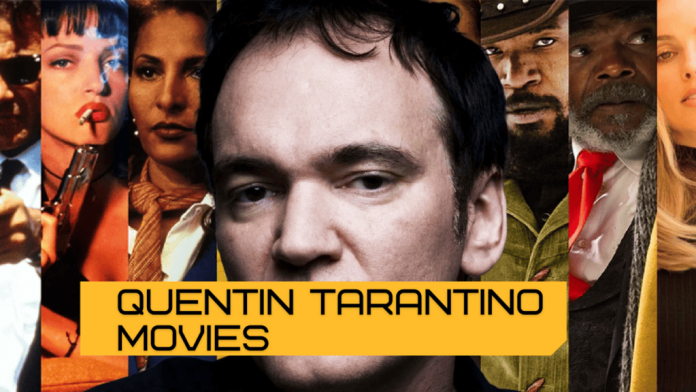If you’re a fan of Quentin Tarantino, then you know that he’s one of the most influential filmmakers of all time. His films are known for their unique style, dark humor, and intense violence. Tarantino has created some of the most iconic films of all time, and his movies are always worth watching. Here are some of the most interesting movies of Quentin Tarantino to catch!
1. Pulp Fiction (1994): This is arguably Tarantino’s most famous movie. It follows the lives of two hitmen, Vincent Vega and Jules Winnfield, as they go about their daily business. The movie is filled with dark humor, intense violence, and a unique non-linear narrative. It’s a classic that’s worth watching.
2. Reservoir Dogs (1992): This is Tarantino’s debut film and it’s a classic. It follows a group of criminals as they plan and execute a diamond heist. The movie is filled with intense violence, dark humor, and a unique non-linear narrative. It’s a must-watch for any Tarantino fan.
3. Kill Bill (2003-2004): This two-part movie follows the story of The Bride, a former assassin who is out for revenge against her former boss and his team of assassins. The movie is filled with intense action, dark humor, and a unique non-linear narrative. It’s a classic that’s worth watching.
4. Inglourious Basterds (2009): This movie follows a group of Jewish-American soldiers who are on a mission to take down the Nazi regime. The movie is filled with intense violence, dark humor, and a unique non-linear narrative. It’s a classic that’s worth watching.
5. Django Unchained (2012): This movie follows the story of Django, a freed slave who is out for revenge against his former captors. The movie is filled with intense violence, dark humor, and a unique non-linear narrative. It’s a classic that’s worth watching.
These are just a few of the most interesting movies of Quentin Tarantino to catch. If you’re a fan of his work, then these are definitely worth checking out. So grab some popcorn and get ready to be entertained!
Quentin Tarantino has accomplished a lot in his life, from working at a video store in California to becoming one of the most commercially and critically successful directors in the history of independent film. He has made an indelible impression on popular culture. Although he has a total of eight feature films under his belt (plus two more that he scripted but did not direct), we’re left wondering which ones are truly that terrific.
Now is the time to sharpen your Hattori Hanzo sword and crack open that mystery briefcase as we take a journey through his filmography in order to determine which one is the most superior. Please be certain that we are restricting ourselves to one foot fetish joke, and that joke is this one.
-
The Hateful Eight
I’m looking forward to seeing “The Hateful Eight.”
In it, Tarantino reunites with some of the A-listers with whom he’s previously collaborated (including Kurt Russell), as well as some newcomers (including Channing Tatum), while also throwing in a few surprises (including Kurt Russel, Tim Roth, Zoe Bell, and of course, Samuel L. Jackson). It was also the sequel to “Django Unchained,” in which Tarantino demonstrated that he was more than capable of directing an entertaining Western that was also constructed around the intriguing twist of condensing all of the action into what was essentially one room.
Read More: Top Tom Hanks Movies To Catch!
As a result, the stage had been set for an intense thriller that would surely lead to Tarantino’s hallmark violent violence, complete with a shocking third-act twist that blew the locked-room mystery element wide open and transformed everything.
In practise, however, “The Hateful Eight” turned out to be a colossal disappointment. However, even though the film stars some of Hollywood’s most captivating performers, the film’s paper-thin characters outlived their welcome long before the film’s three-hour running duration came to a grinding halt.
The suspense that’s built into the tale just by the fact that a group of suspect characters is being held captive ends up collapsing under its own weight and vanishing, turning “The Hateful Eight” into a thriller that’s devoid of any thrilling moments. Although it did deliver on the promise of a genuinely gory climax, it did so in a way that literally every other Tarantino picture has done better, and it did so without taking its sweet time getting there.
-
Natural Born Killers 1994 Film
“Natural Born Killers” is a Tarantino film only in the sense that it is a Tarantino film on paper. However, by the time Oliver Stone completed his version of Tarantino’s hyperviolent satire of mass media and mass murder, so much had altered that Tarantino was only given a narrative credit and once stated that the film was “not even slightly” one of his own films.
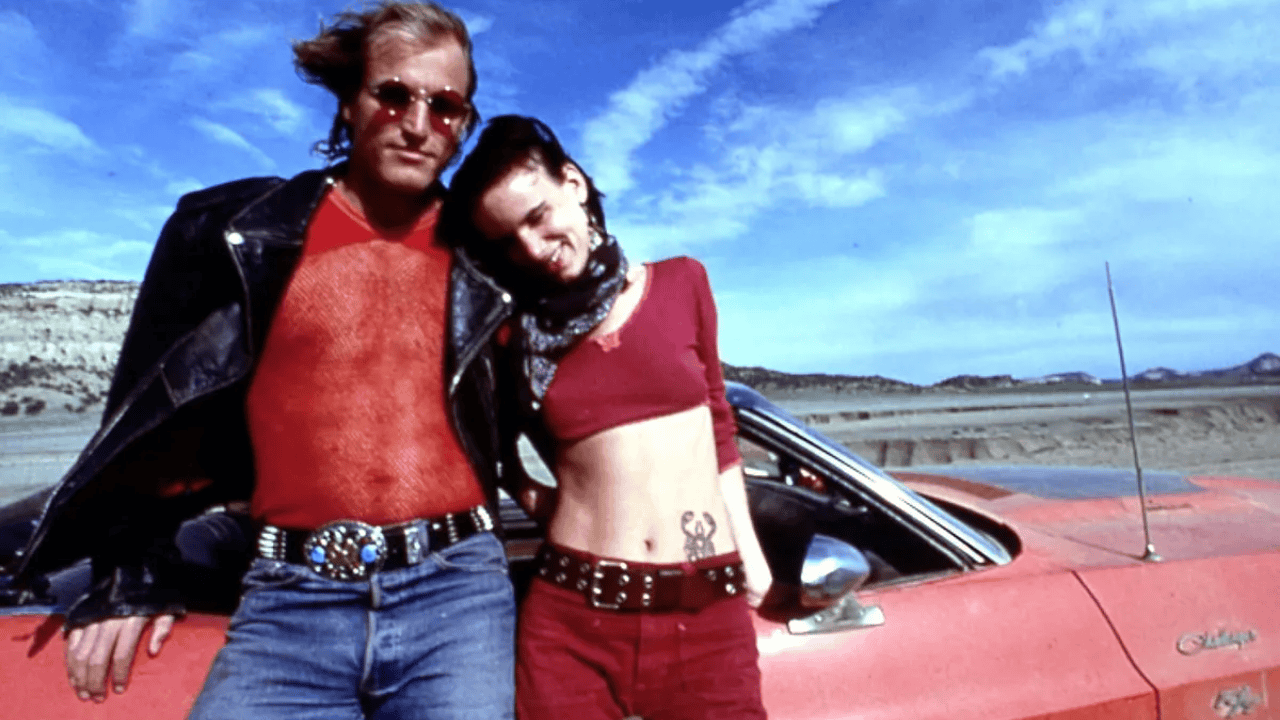
Although the original screenplay, written alongside Tarantino’s other films “Reservoir Dogs” and “True Romance” when he was working at a video shop, was far more plain than the final product, this was initially what drew Stone to the project in the first place.
The end result was that Stone and his collaborators, including producer Michael Bay and rewriter David Veloz, became far more interested in the way that real-life stories like the OJ Simpson murder trial and the siege of the Branch Davidian compound in Waco were sensationalised by the media, and they rebuilt the film as a satire that dealt with those themes. Tarantino’s fondness for spectacular, over-the-top violence made it into the final cut of the film, and most of the dialogue was retained, but the film as a whole is a very different animal philosophically.
The end result is a film that is well-made and incredibly fascinating, but it is also a film that is not truly a “Quentin Tarantino film” in any meaningful way.
-
2007 Movie “Death Proof”
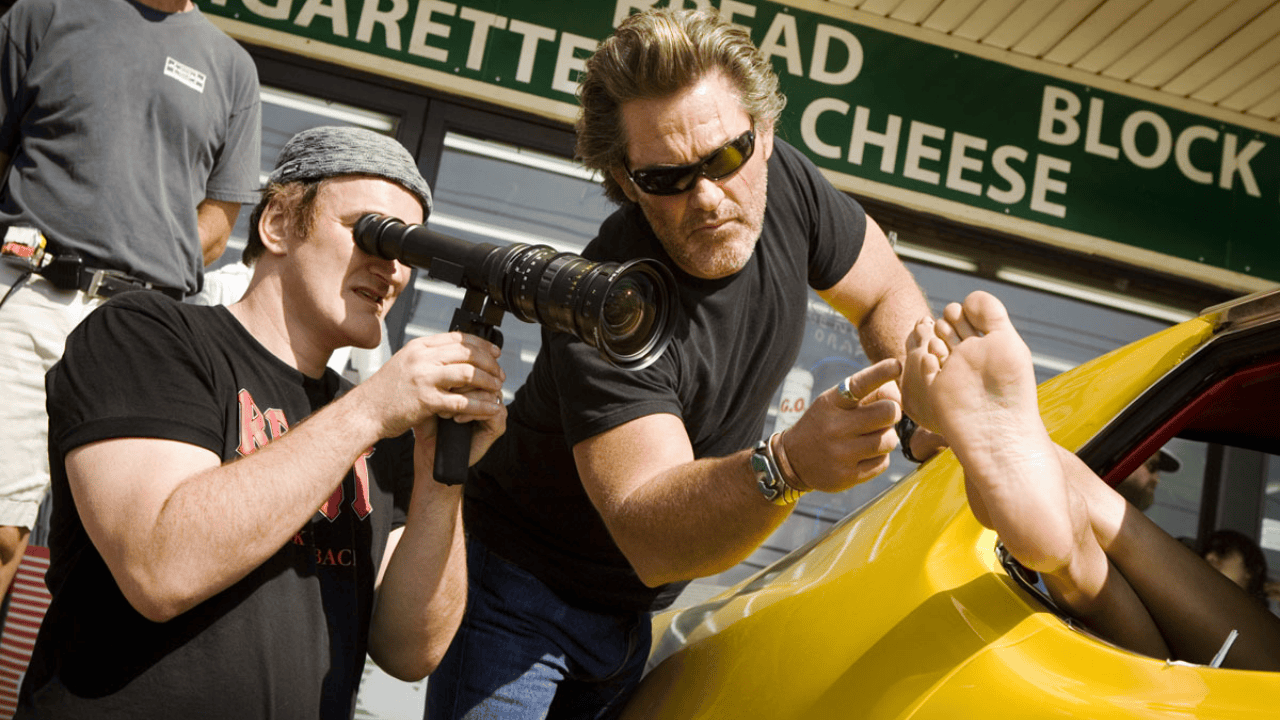
Let’s start with the obvious: for a film that is supposed to be about fast automobiles colliding with each other at high speeds, “Death Proof” is an exceedingly slow film. It seems like there are numerous, fairly worthless talks that fill the time between the two big vehicle chases, making a film that is just under two hours feel like it drags its feet for much longer than it actually does.
Besides that, it’s possible that this is Tarantino’s most explicitly referential work on practically every level, from the blatant references to 1971’s “Vanishing Point” all the way down to the techniques Tarantino utilised to make his new film appear ancient. That’s quite a feat when you consider that it’s competing for the title against films like “Kill Bill” and “Jackie Brown.”
But there’s a key trick to making yourself “Death Proof.” In spite of the fact that the film was released in 2007, it appears to alternate between sluggish narrative and lurid high concept, but whether it is for good or evil, this is done on purpose.
As part of a tribute to grindhouse double features from the 1970s, Tarantino’s half was a note-perfect recreation of those films, warts and all. Tarantino’s half was a note-perfect recreation of those movies, warts and all. It’s not just talky and violent; it’s also talky and slow, in the same way that, for example, “Two Lane Blacktop” and “Vanishing Point” were both talky and slow films, respectively. And what about that surprise twist finale, in which the horror film transforms into a hilarious slapstick revenge film? That’s Quentin Tarantino having a fantastic time.
Unfortunately for the producers of “Death Proof,” Rodriguez’s half of “Grindhouse” wasn’t nearly the throwback that Tarantino’s part had been.
“Planet Terror” is a fast-paced action film that goes over the top with its outrageous zombie violence. It also contains some of Rodriguez’s most amusing comedic moments as well. “Death Proof” had a lot going for it on its own, but when it was released as part of a double-feature with “Planet Terror,” it made the film feel slower, smaller, and a whole lot less enjoyable.
-
Jackie Brown
Jackie Brown is probably Tarantino’s most underappreciated film, and it’s understandable why given the film’s brevity and wit. For starters, it was his first feature film following the tremendous breakout success of “Pulp Fiction,” which established him as a pop culture icon, and the ensuing backlash would’ve had an impact on whatever he created after that.
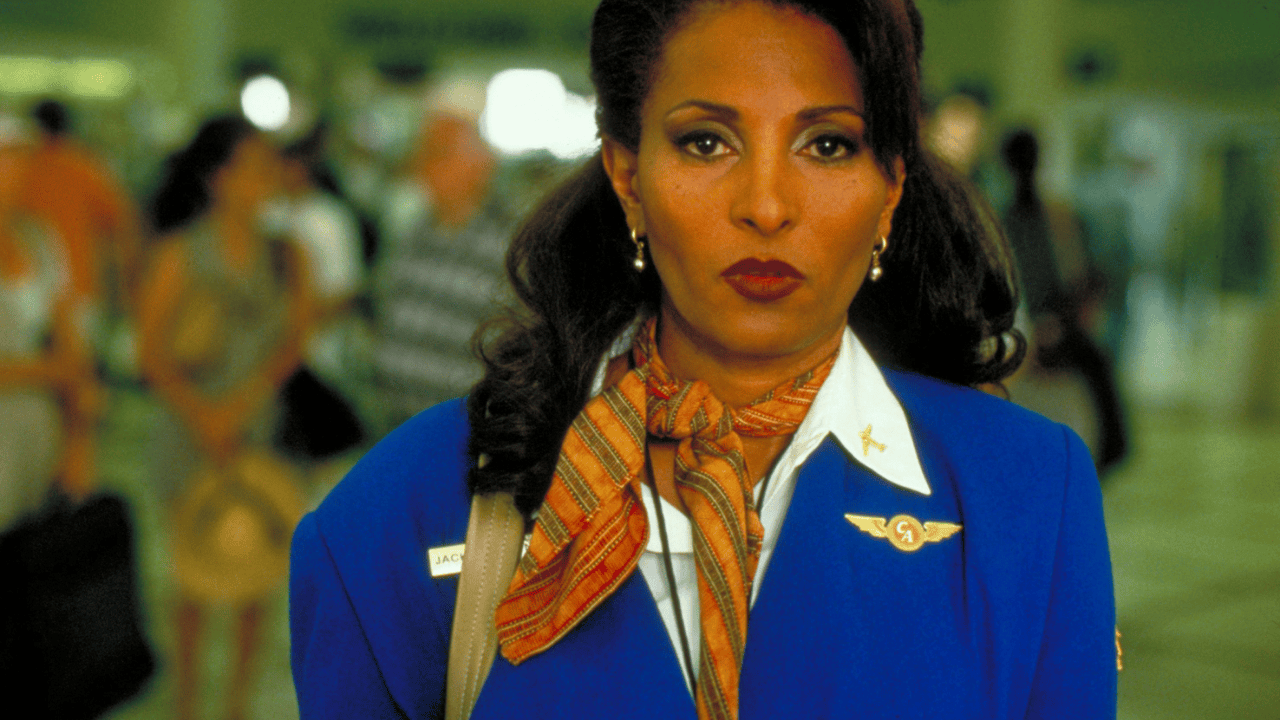
Furthermore, it is so radically different from his other works that it can’t help but appear as the one that doesn’t quite fit in. The film has plenty of the same kinds of references to ’70s music and cinema that you see in his other films — for example, it casts Pam Grier in the title role and uses typeface from Grier’s blaxploitation classic, “Foxy Brown” — but aside from that, it has very little in common with his other films. There is no over-the-top extreme violence, the tale is told entirely in chronological sequence, and, perhaps most unusually for Tarantino, it is the one and only time he has adapted a novel, Elmore Leonard’s “Rum Punch,” for the silver screen.
But that’s also one of the things that makes it so fantastic. The film “Jackie Brown” demonstrated to Tarantino that he was capable of telling a crime storey that was little more focused and contained, rather than one that had to be a sprawling nonlinear epic. However, despite the fact that it does not appear to fit in with the other adaptations, there is a compelling reason why it is Leonard’s favourite adaptation of his own work.
Read More: Hilda Season 3 : Is There Going to Be a Season 3 of Hilda?
-
True Romance
It was Tony Scott who provided the audience with an almost unedited version of his work in “True Romance.”
The crucial word here is “nearly,” but even so, it’s a close call. The film, despite the fact that it was not directed by Tarantino, could not have felt more like an early Tarantino film, complete with all of the hallmark manoeuvres that you’d expect to see.
There’s the way the storey follows two hapless, love-struck criminals as they become embroiled in a crime that goes way beyond their comprehension — a theme that would recur frequently in Tarantino’s early scripts, whether it was Mickey and Mallory in “Natural Born Killers” or Pumpkin and Honey Bunny in “Pulp Fiction” — and a cast of engaging supporting characters who feel like they could each be the focus of an entire film in their own Patricia Arquette and James Gandolfini engage in a particularly violent climactic combat scene that feels like a prequel to the later “Kill Bill” battle sequence. And, just in case all of that wasn’t enough Tarantino for you, there’s also a sequence in which the two main characters rave about how awesome Sonny Chiba is, just for good measure. It doesn’t get much better than that in terms of quality time.
It’s only because the original screenplay was more nonlinear and concluded with Clarence dying rather of having a happily-ever-after ending with Alabama that that “nearly” can be inserted into the sentence. After initially opposing the idea and considering having his name removed from the final film, Tarantino had to go along with it after Scott offered to shoot two endings and see which one worked best. Even Tarantino had to accept that the decision was a success.
-
Once Upon A Time in Hollywood
Once upon a time in Hollywood appeared to be an extremely risky venture from about every perspective when it was first written down. Despite the fact that it featured an excellent cast, it was released immediately after “The Hateful Eight,” which demonstrated that even an excellent cast could only carry a meandering, ultra-violent script so far. A movie about movies was made, and while you could say that about every Tarantino film on some level, this one peeled away the layer of being inspired by 1960s cinema and went straight for the punchline.
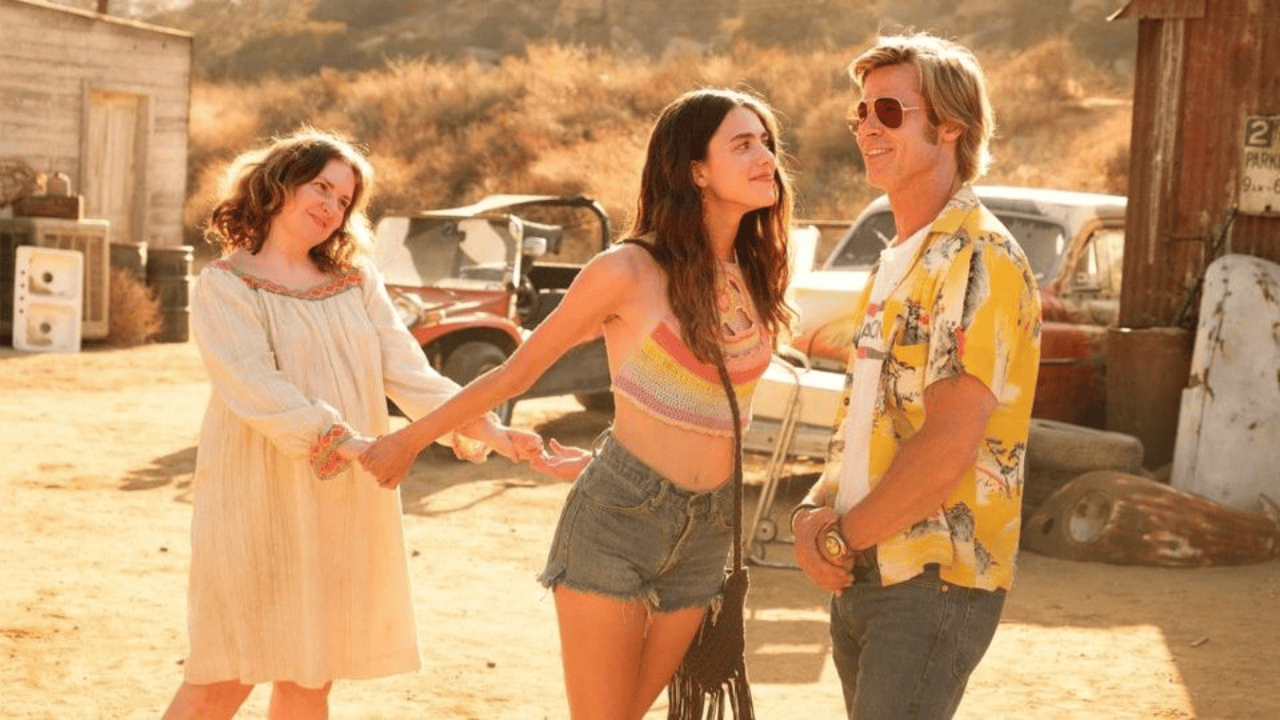
Because of the rise of a new generation of true crime fandom, fueled by podcasts, the Manson Family murders had also experienced a resurgence in public consciousness. But tackling such an iconic, horrific, and relatively recent tragedy as an action-comedy with Tarantino’s tendency towards historical revisionism seemed like a surefire way to make everyone mad — and if that didn’t do it, the Bruce Lee fight certainly would.
However, if Tarantino’s work has taught us anything, it is that you can never really foresee what a film will be like when it is released on the big screen. The answer to the question “What if Hal Needham, the stuntman turned director of “Smokey and the Bandit” and “The Cannonball Run,” had teamed up with his longtime collaborator, Burt Reynolds, and battled the Manson Family with a flamethrower — one that none of us had ever considered — turned out to be a hugely entertaining film.
The enormous shift in history didn’t come as a complete surprise the second time around as it did in “Inglourious Basterds,” but it was still the same kind of odd feel-good moment. And, maybe, it wasn’t nearly as groundbreaking as some of Tarantino’s better films, but the smart, surprising script and absolutely superb cast — with Margot Robbie giving a customary standout performance — made this a solid outing for the filmmaker.
There are lots of movies by Quentin but here are some of the movies provided above which you may like. If you want to read latest dramas, movies or news related to celebs then stay tuned with us on trendingnow.ggez.bid.com.
Read More: Victoria Season 4 : Everything You Need To Know About This Series!


